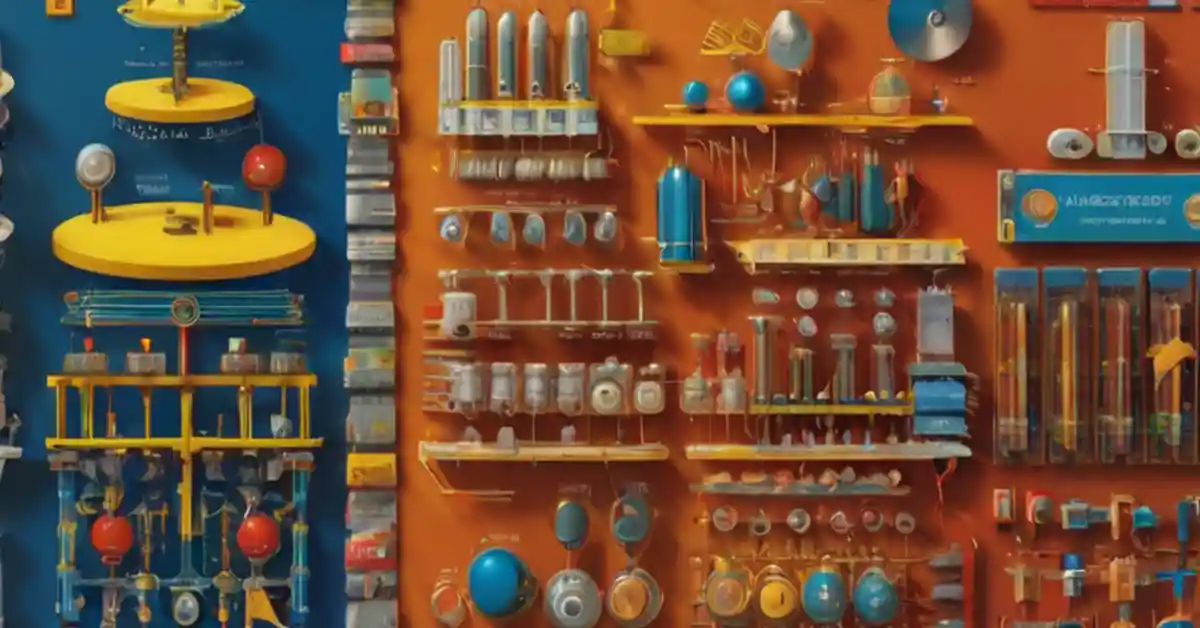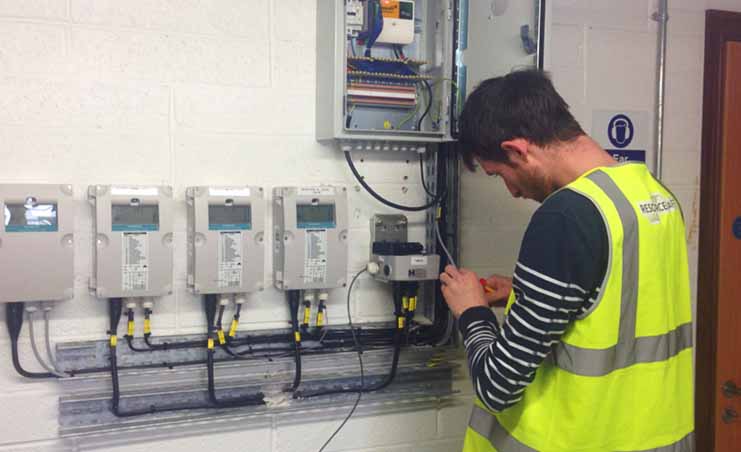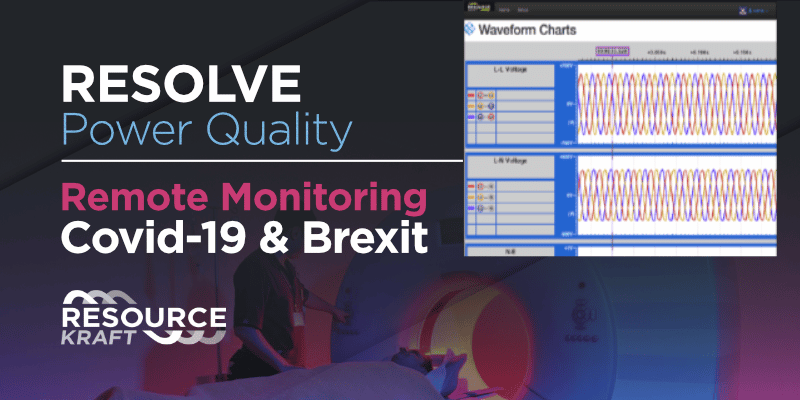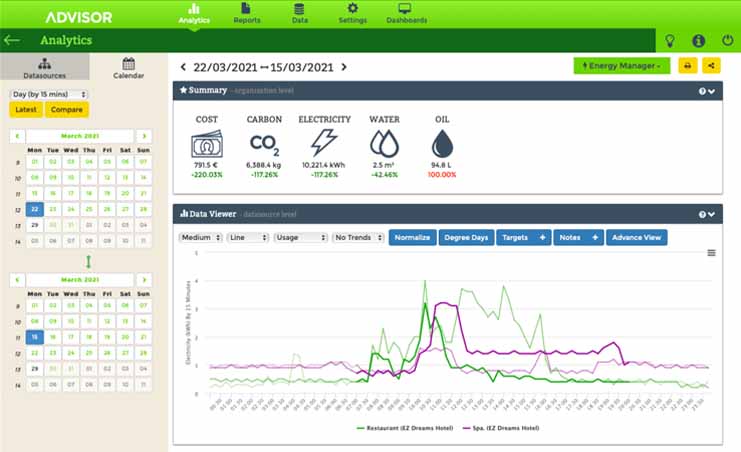Following on from our introductory feature on water meters, in this episode I would like to introduce some of the technologies that are the backbone of these networks, these are the data acquisition/communication systems.
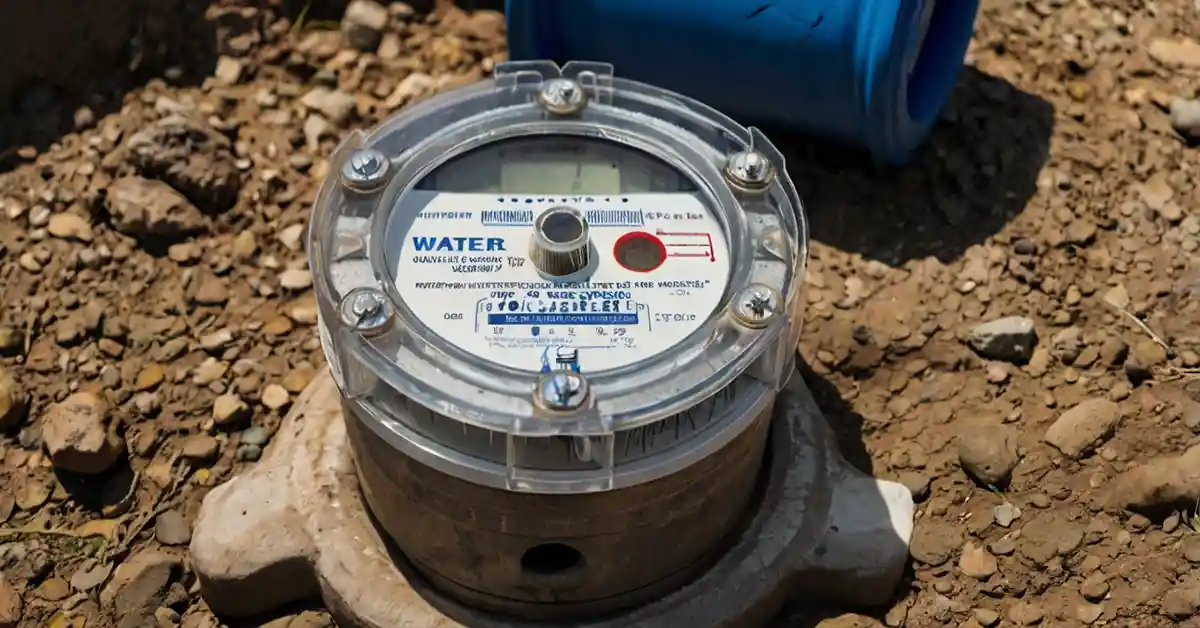
Data Acquisition Technologies
Firstly, a note on data acquisition
All elements of any metering network are essential in their own right, however data acquisition in my view is the most vital component. The only worse thing than no data is bad data.
So what are our options for data acquisition in water metering? Below are some of the options we will explore in this article:
Hard wiring
Radio systems
GPRS
Drive-by ARM
Local storage
PLE – Power Line Ethernet
Manual readings
We’ll take a look at these solutions in more detail now. As we’ll see below, it is very much a case of horse for courses and best to keep an open mind and be hardware agnostic where possible.
Hard Wiring
While hard wiring in itself is not strictly a data acquisition system, it is the method most often employed to get the signal(s) they pulse; Modbus or another format from the water meter directly into the data acquisition system. As the name suggests this system requires that a physical cable is laid from the meter to the data acquisition system, which is usually an I/O card in a BMS, SCADA or similar system. It is generally very reliable and can handle high frequency pulses in the region of 1 kHz. Signals will operate effectively (with the correct cabling) up to 100 meters or more. The great disadvantage of this system is the cost which increases with greater distance.
Radio System
There are many solutions that fall under the banner of “Radio System” and they are often utilised for telemetry systems. There are wide and varied solutions but these can generally be described using the following headings:
One way or two-way systems
Operational frequencies
Network topology
So how do you decide on a solution? Well as we’re talking about solutions for water metering we can simplify the options. Water meters are, as we discussed before, generally very simple devices with usually just a rudimentary volume pulse output. Therefore we don’t have a need for more expensive (all be smarter) two-way radio systems like ZigBee or Z-Wave technologies to name but a few.
As for selecting an operational frequency, as a general rule the lower the frequency, the greater the transmission distance (assuming similar power output) say 5mW, baud rate is generally not an issue carrying pulse signals (the lower the frequency, the lower the baud rate). You will find that most manufacturers will state the open field transmission distance of their systems.
To be fair to manufacturers, they can’t determine every type of installation possible so open field ranges are a good indication of the capabilities of the chosen system; now that comes with a HUGE heath warning, open field is no way an indication of actual performance within any building space. Experience has thought me that the most innocuously of buildings can be a devil to get transmission out off. Be especially wary of building with metal stud or any type of foil-backed products, these can often attenuate even the best systems to just a few meters of transmission.
Ensure your chosen system has at least a powered repeater option and better still, if they supply a field survey kit so you can carry out some simple test before installation. As most radio system transmitters operate on batteries, keep in mind the battery life of the transmitter, and if the battery can be replaced or will you need to replace the entire unit at some future point.
Network topology falls loosely into two groups “point to point” where the transmitter communicates directly to a single data concentrator or gateway or “mesh networks”, where the transmitter signals can hop from one device to another back to the gateway device. To be honest both solutions have their merits and as long as you’re not paying a premium for either solution both are acceptable.
GPRS / 3G
These systems backhaul the data through the mobile phone networks. If you have mobile phone coverage you can get you data over the GPRS or 3G networks. The cost of these devices has dropped dramatically in recent times and the real expense comes in the re-occurring charge for the SIM card in the device. This is very much dependent on the frequency of data required and can range from as little as €20/annum to several hundred euros. The devices will operate on batteries or from a mains supply, again very much depending on the frequency of transmission required (e.g. it might be acceptable to get one transmission per day from the unit with usage and in that way the device can power up for a few seconds each day to send its data and then power down again).
Drive-by ARM
These systems are also generally radio-based systems, often found operating at 868MHz in Europe. They have a limited transmission range, up to a few hundred meters. They are commonly utilised by utility metering companies. Their mode of operation requires that a suitable receiver is brought into the range of the transmitter. Once this receiver is in range, the transmitter uploads its data to the receiver usually for processing at a later time. These systems are called “Drive-by” because it involves a person passing along a given route to collect data from numerous meters. Battery life is very good in the region of 10 years plus.
Local Storage
With these systems the meter itself has local storage that can generally store a number of years’ worth of readings. The end-user must physically connect to the meter to download the data, over USB or infra-red transmission, etc.
PLE – Power Line Ethernet
Like “hard-wiring” PLE is not strictly data acquisition; it is a communications protocol. The signal(s) from the meters are converted to Ethernet and onto PLE and then backhauled over the local power wiring within the facility. At a central location it is a second PLE device that translates the data back to Ethernet; this data is then managed as required via a data concentrator, etc.
Manual readings
This is the simplest way to take readings from water meters. A person reads the dial on the meter at regular intervals and records the data in a log or spreadsheet. It is of course labour intensive with the associated costs.
See you in Part 3

